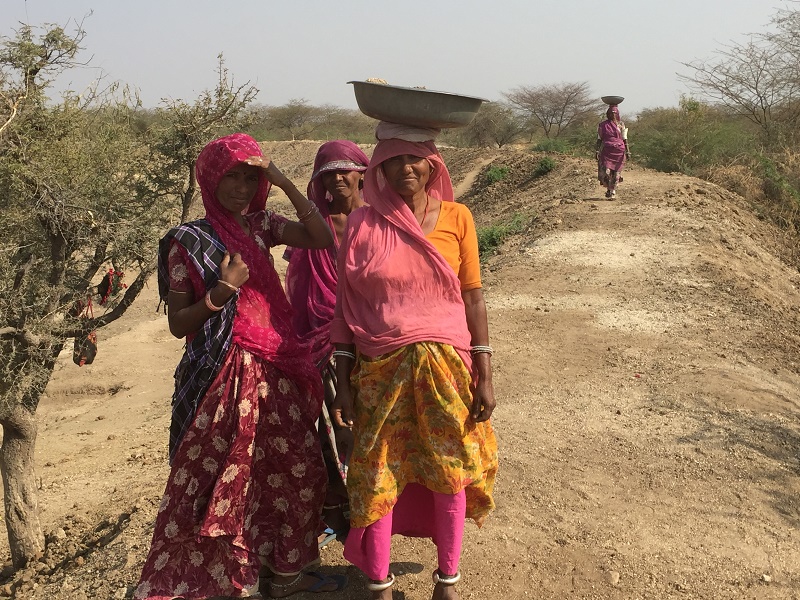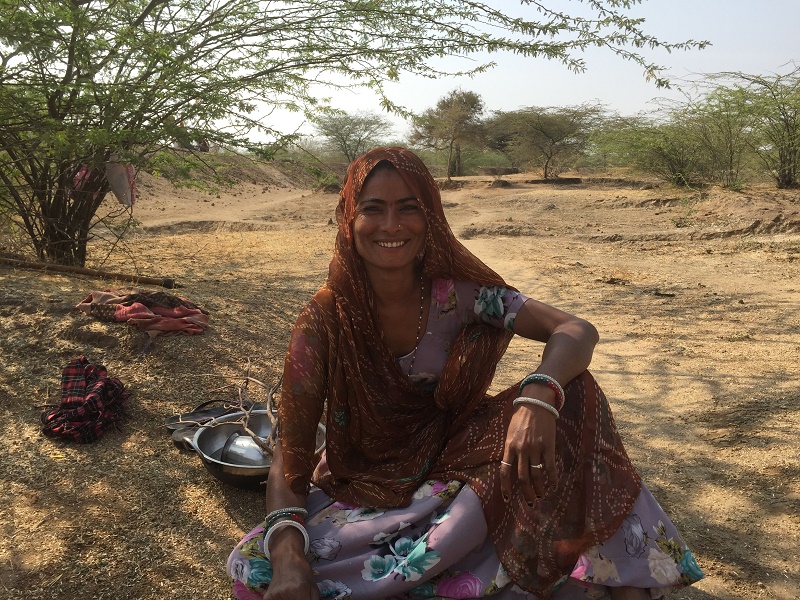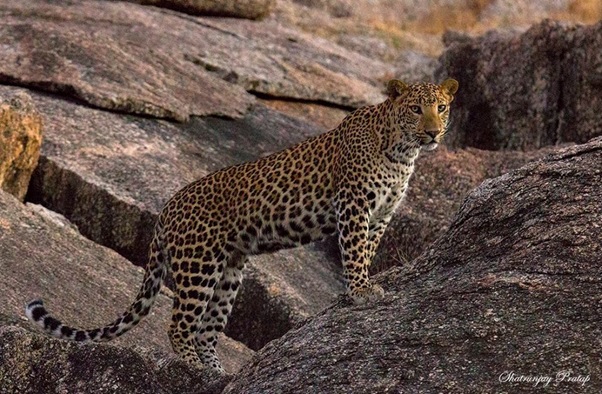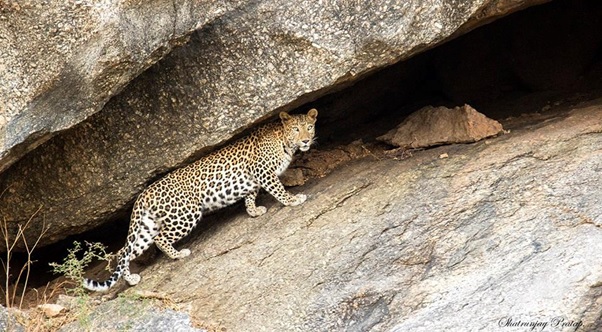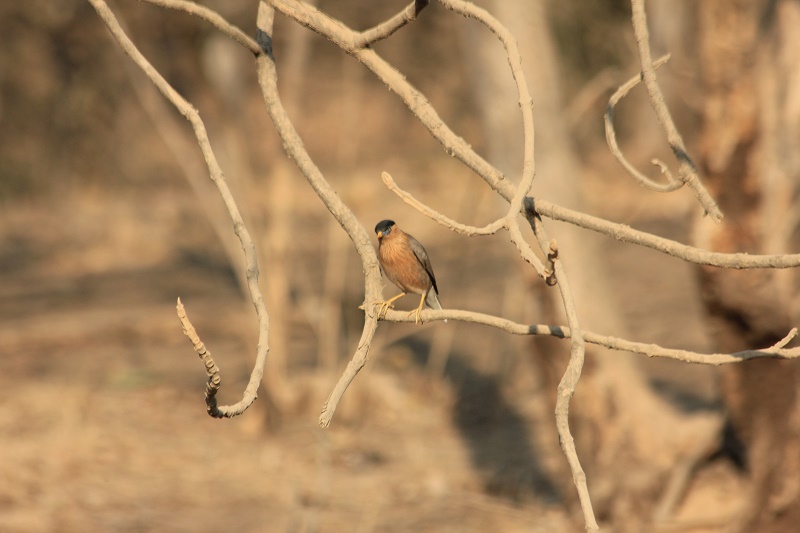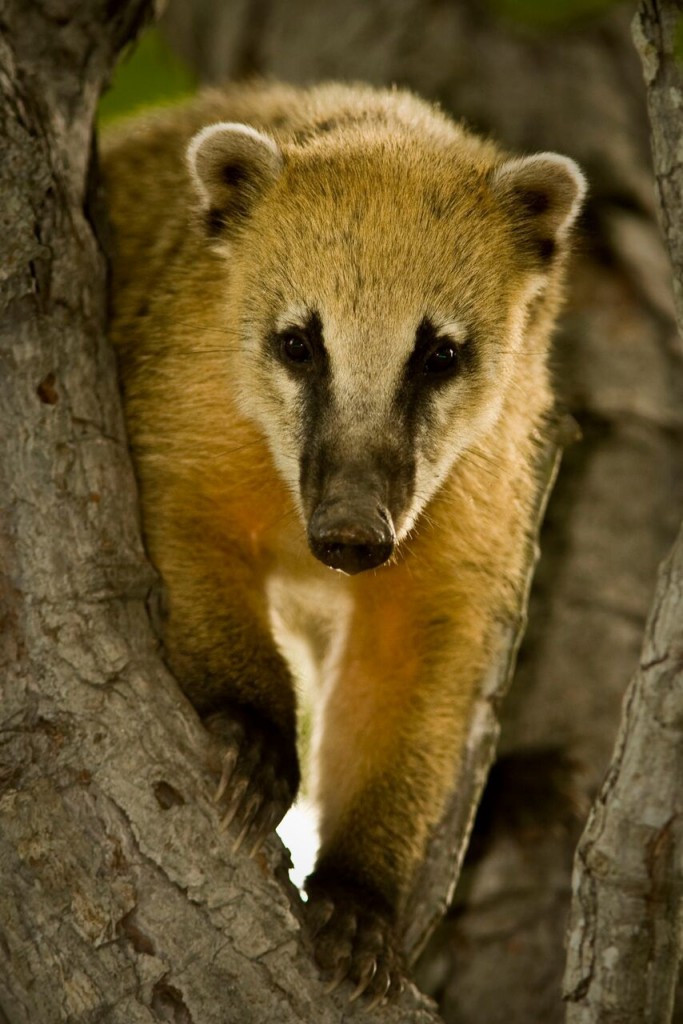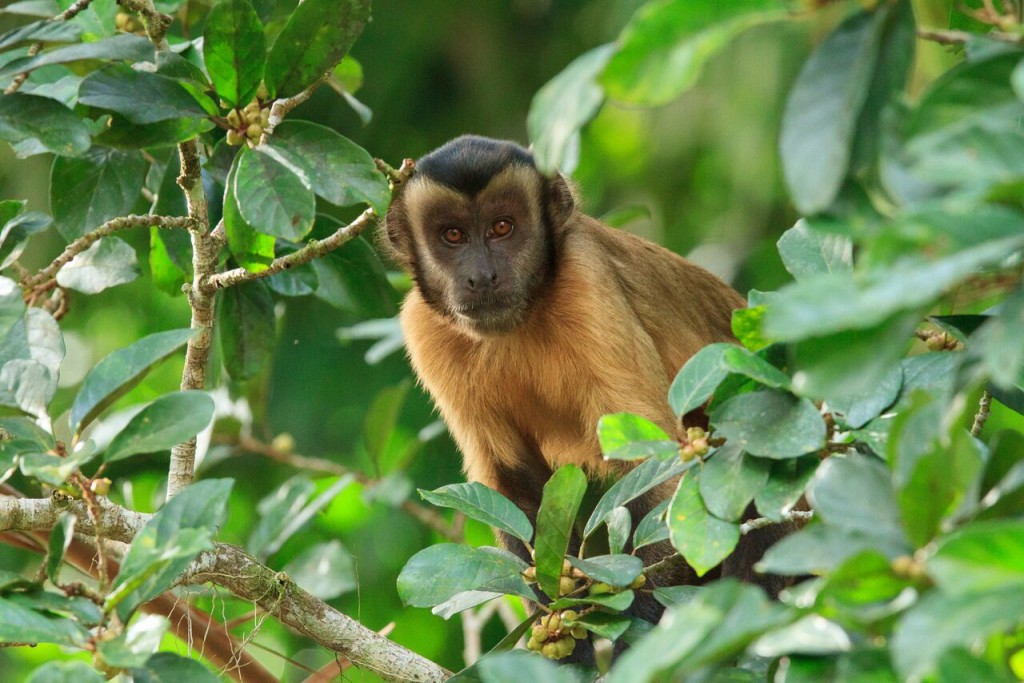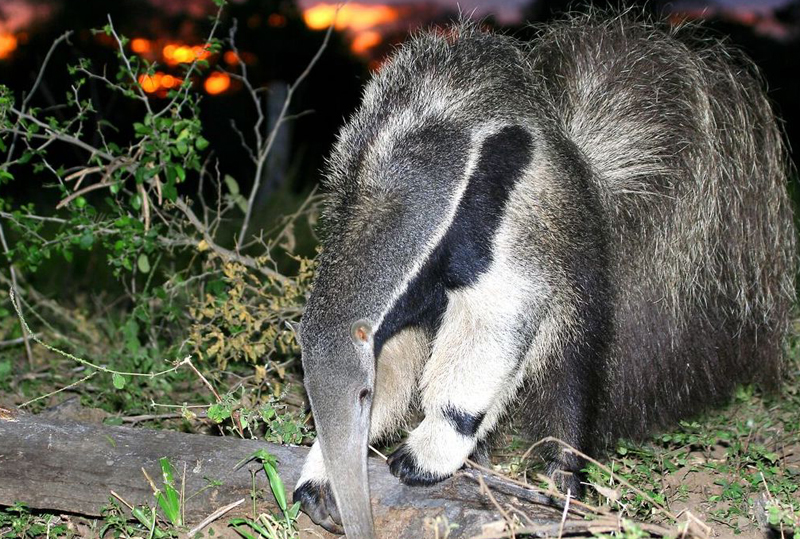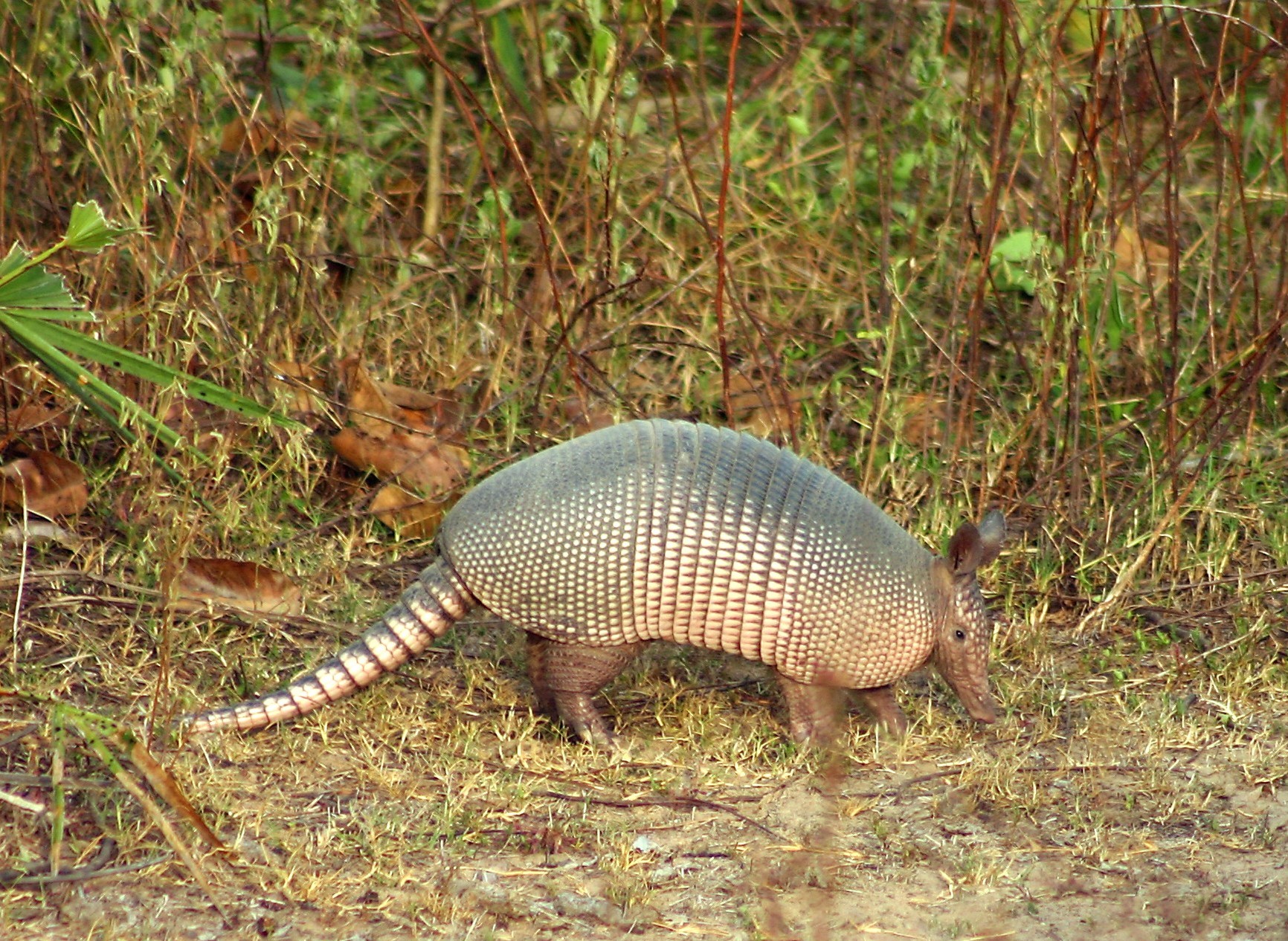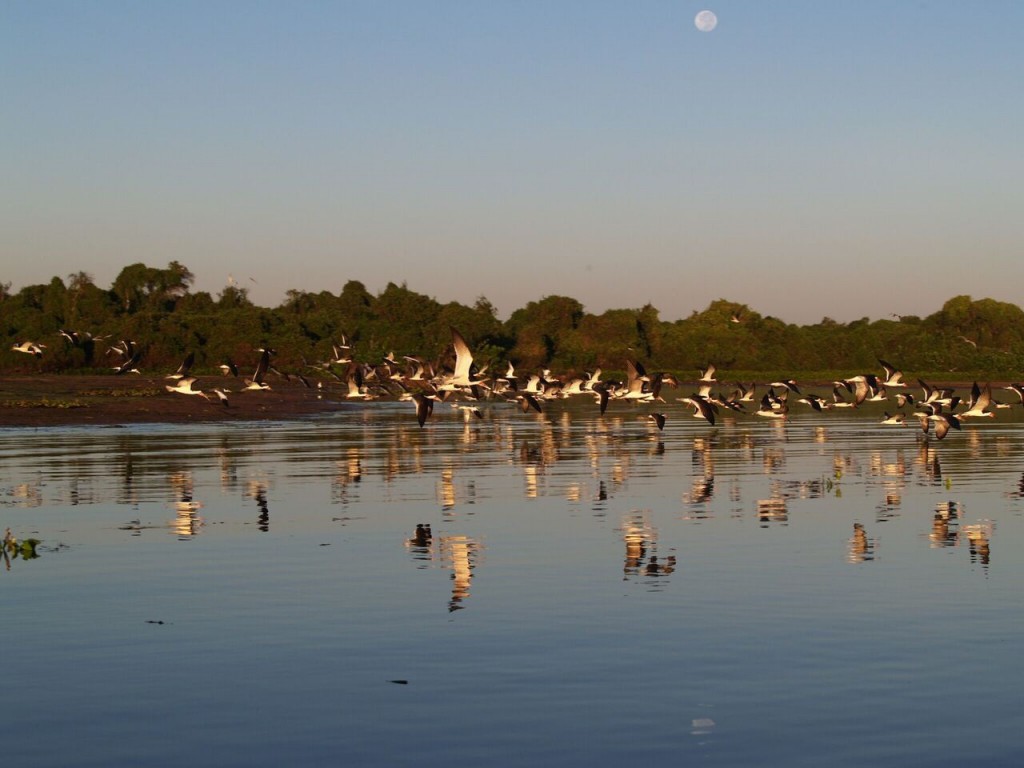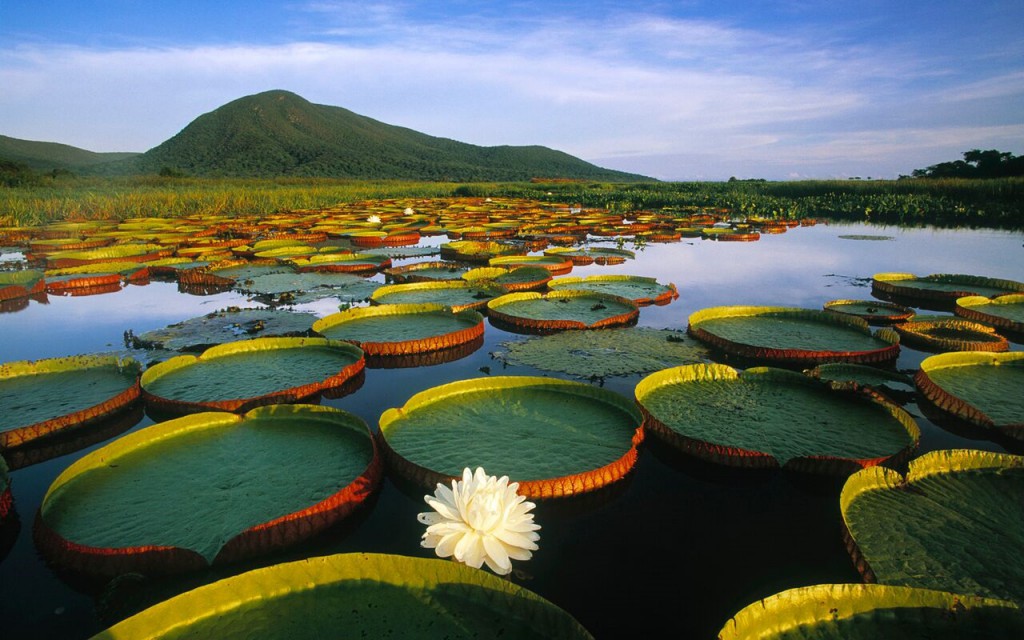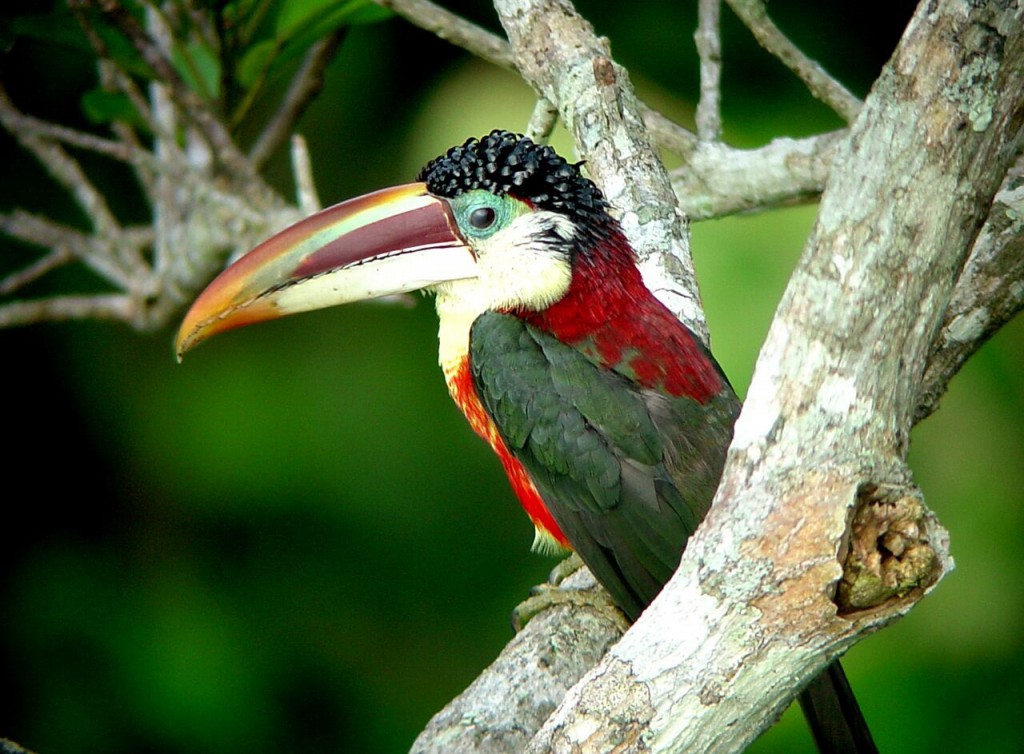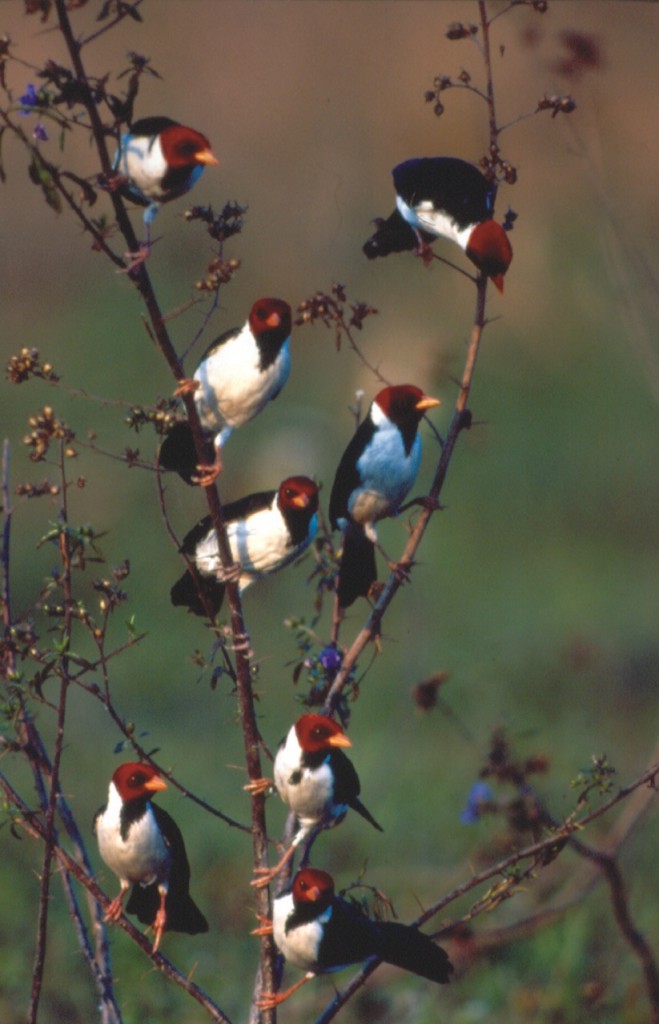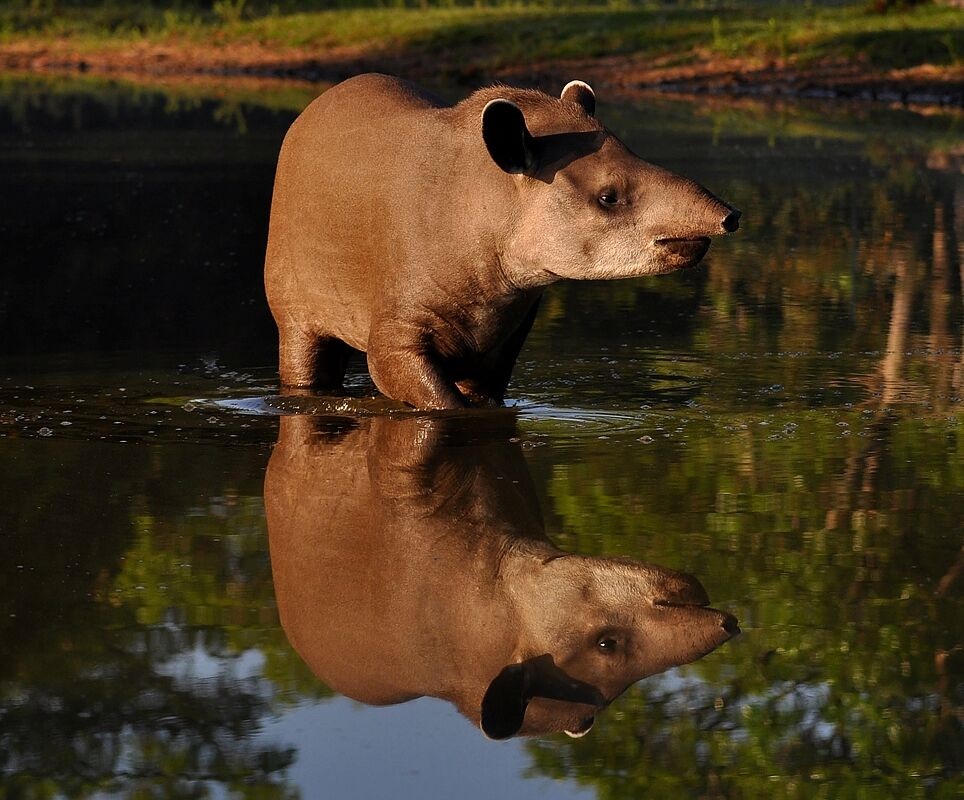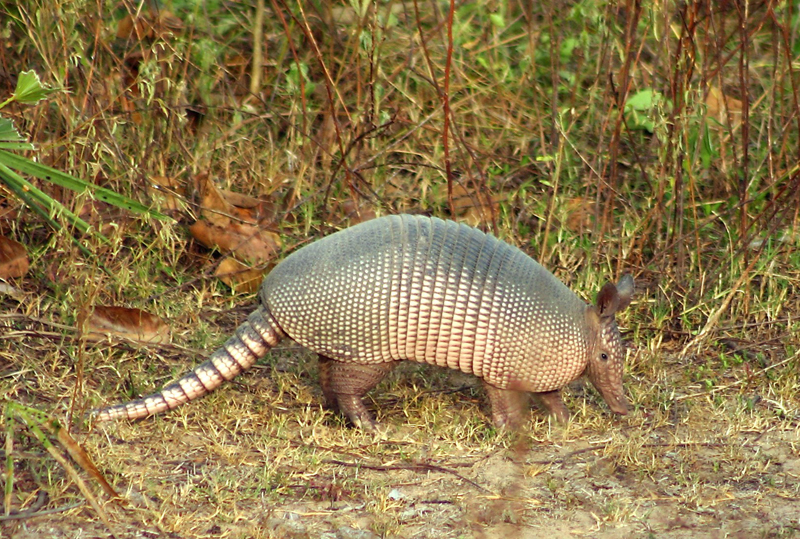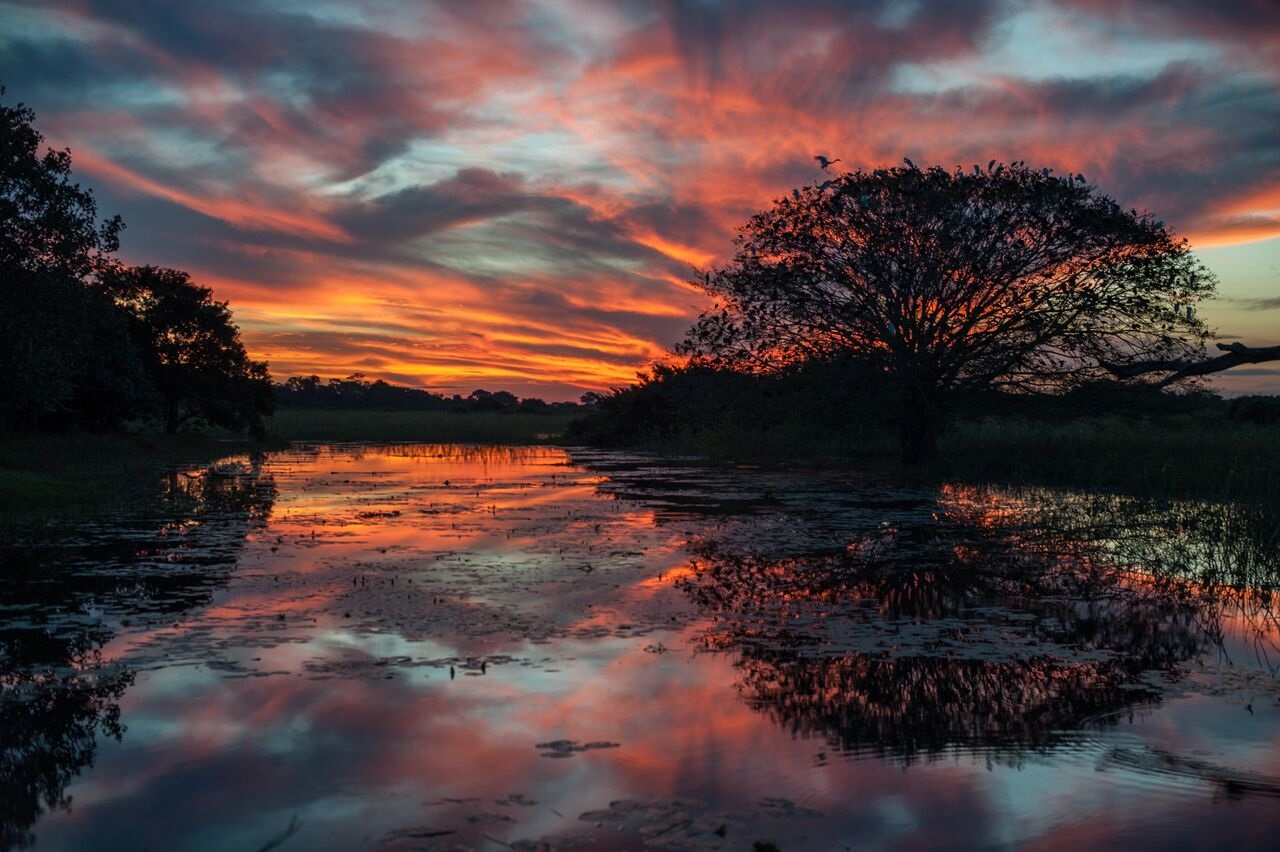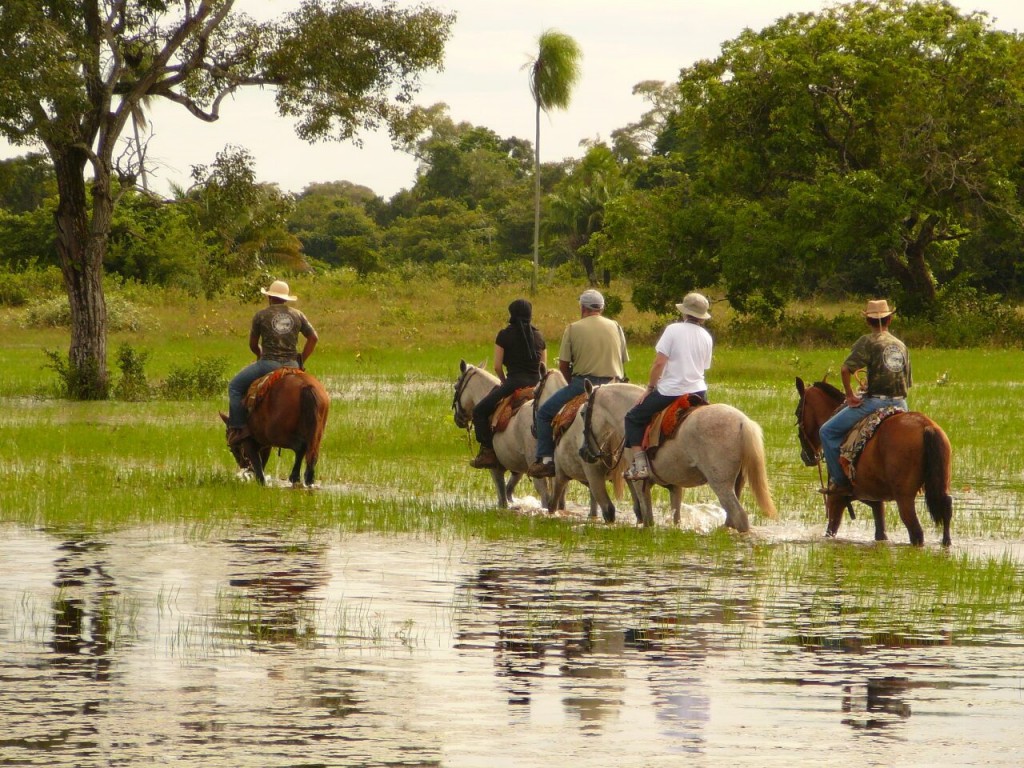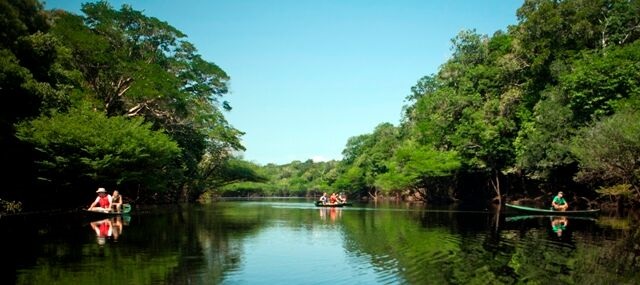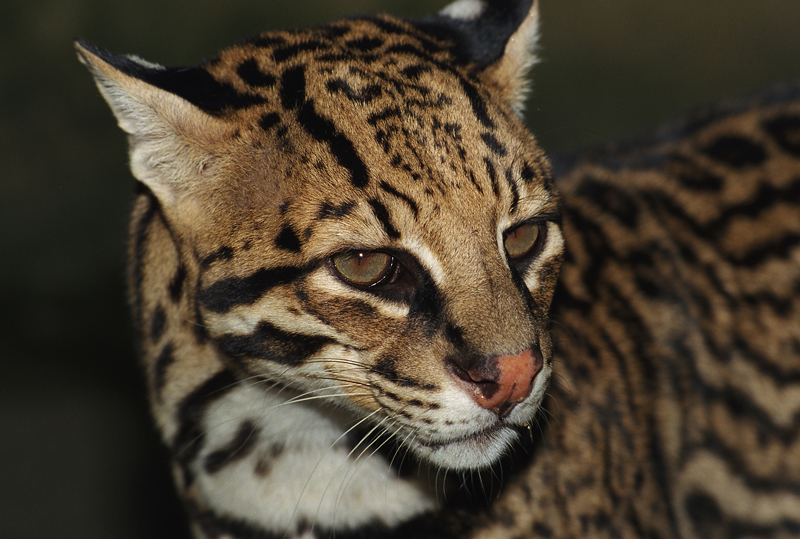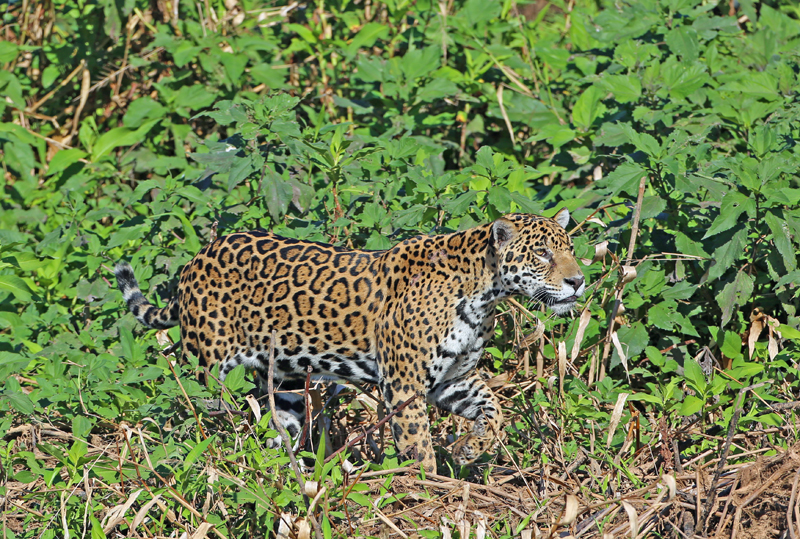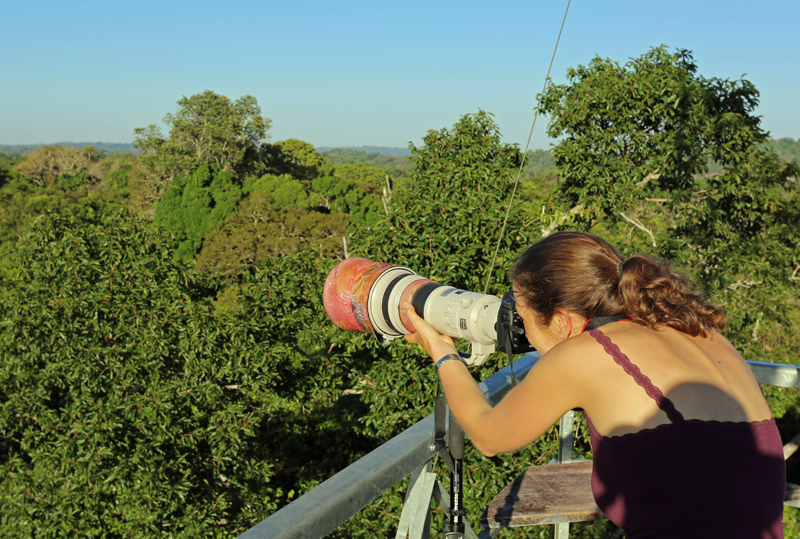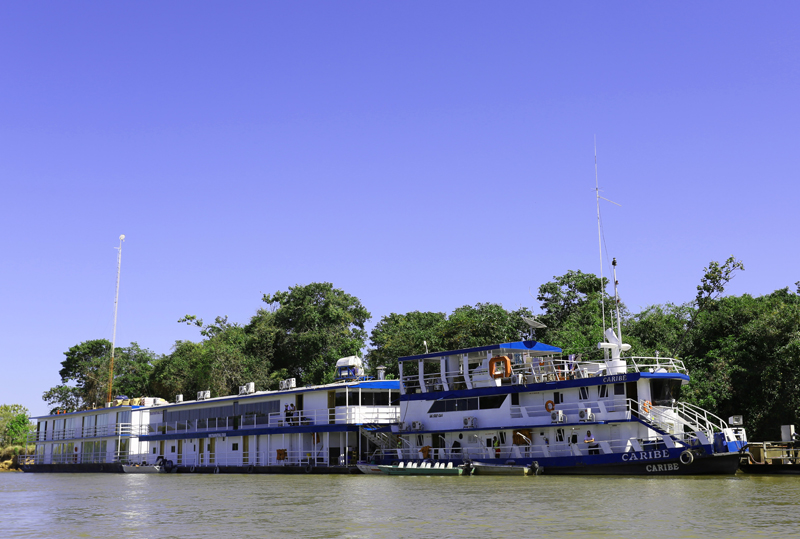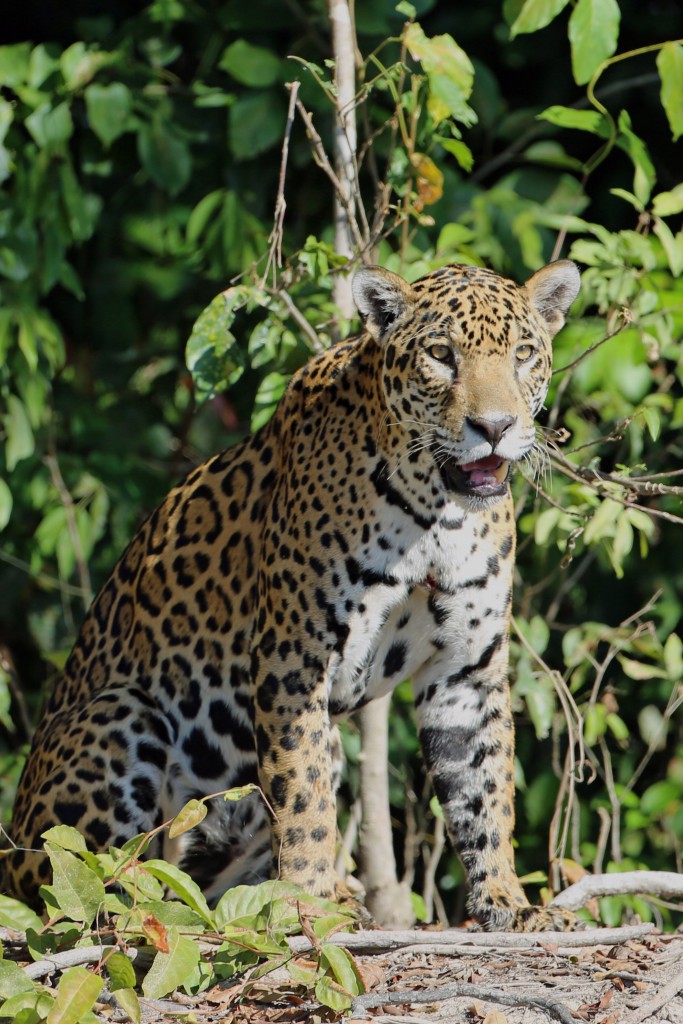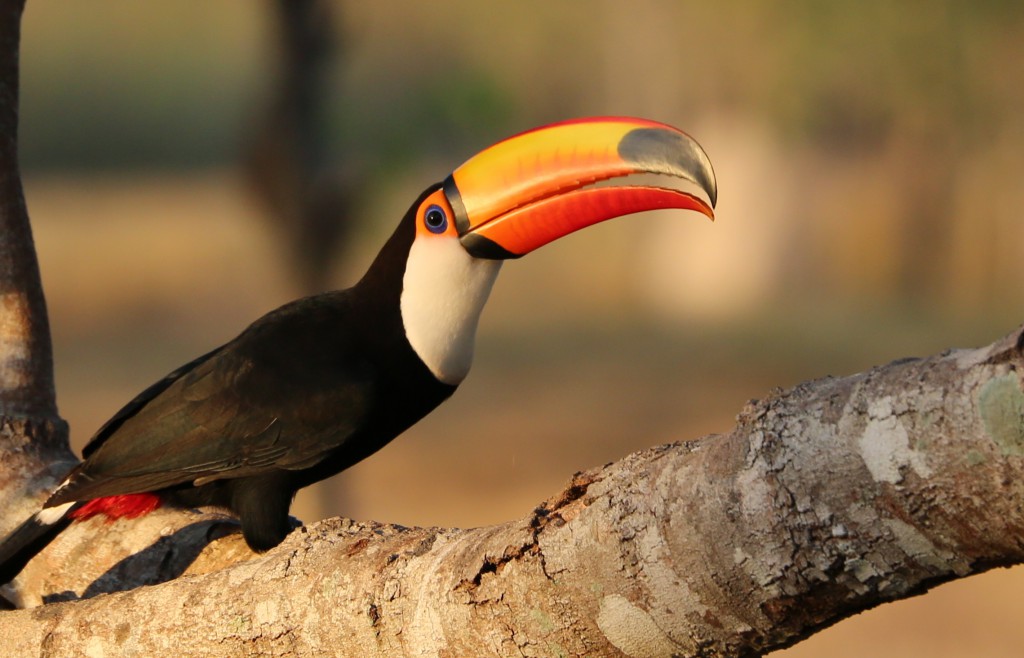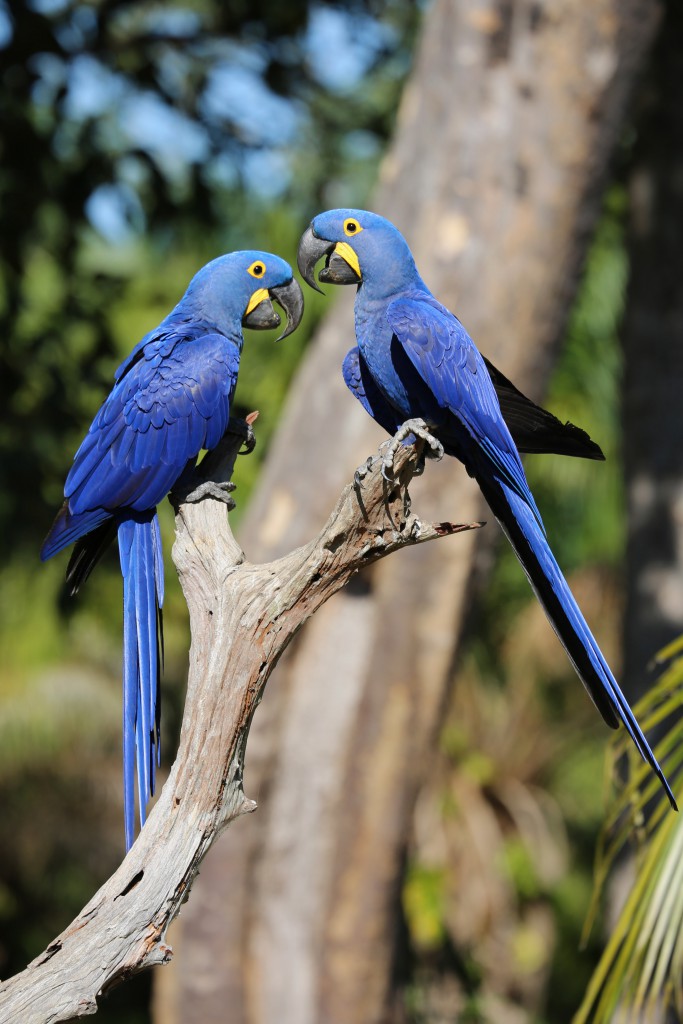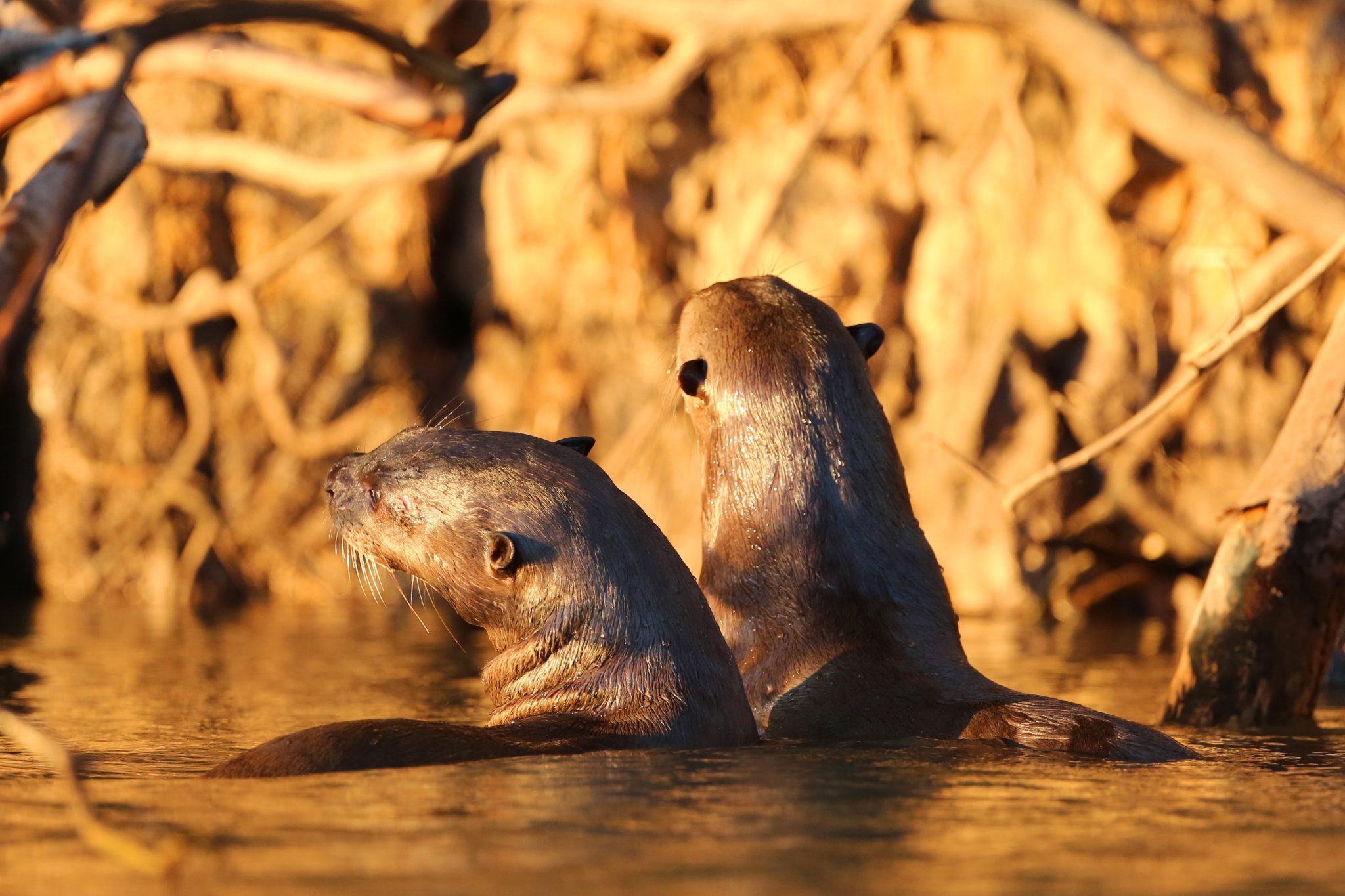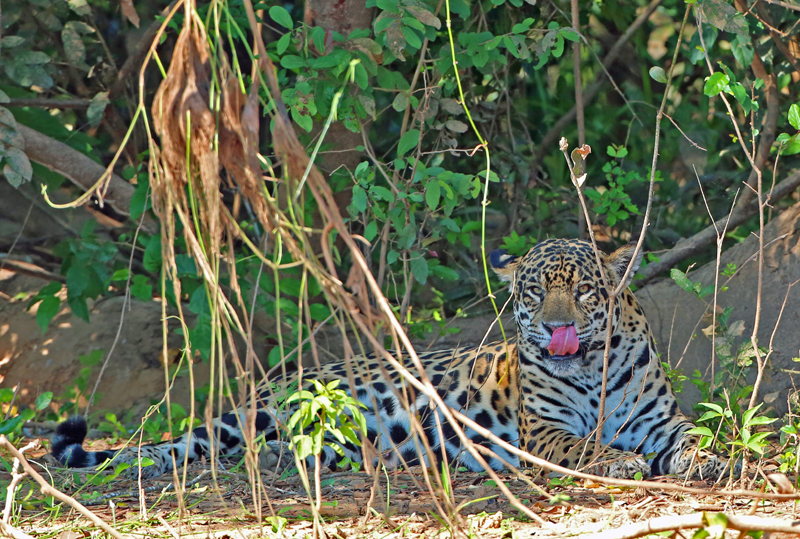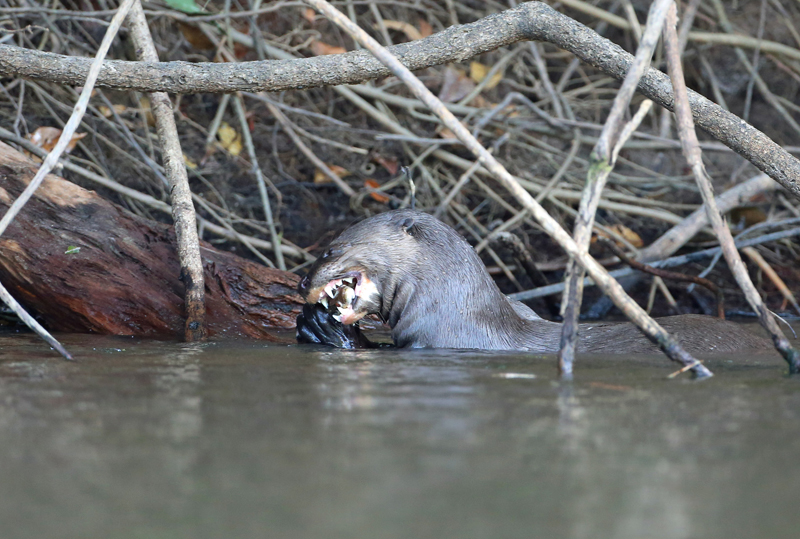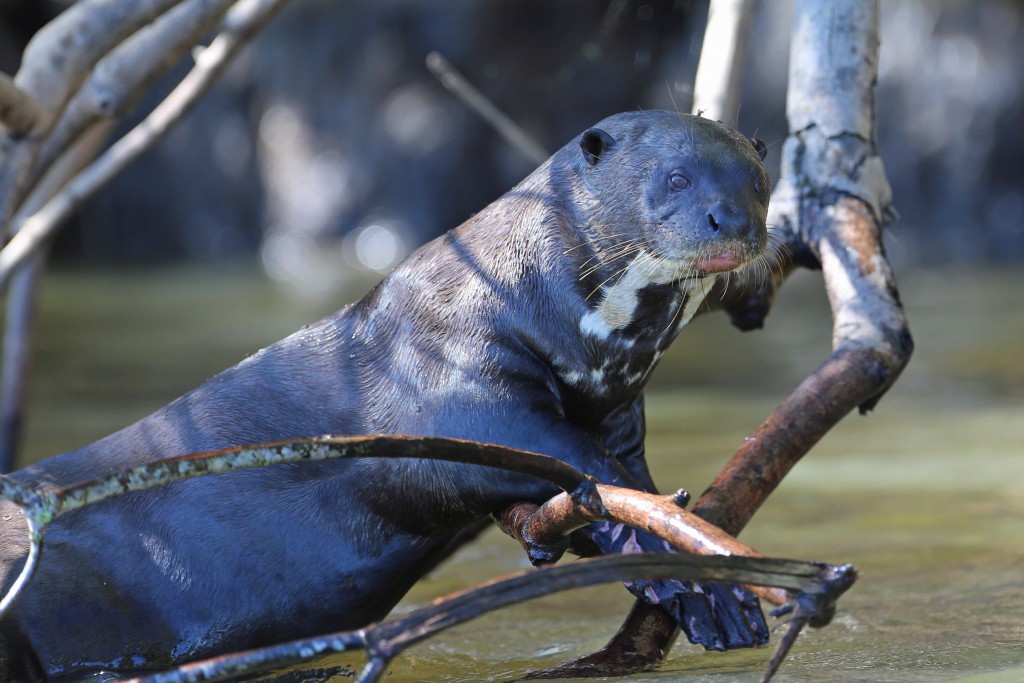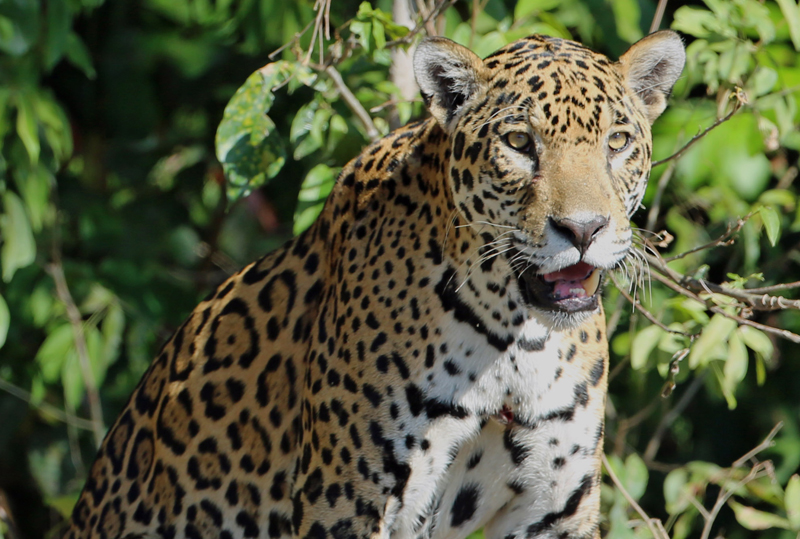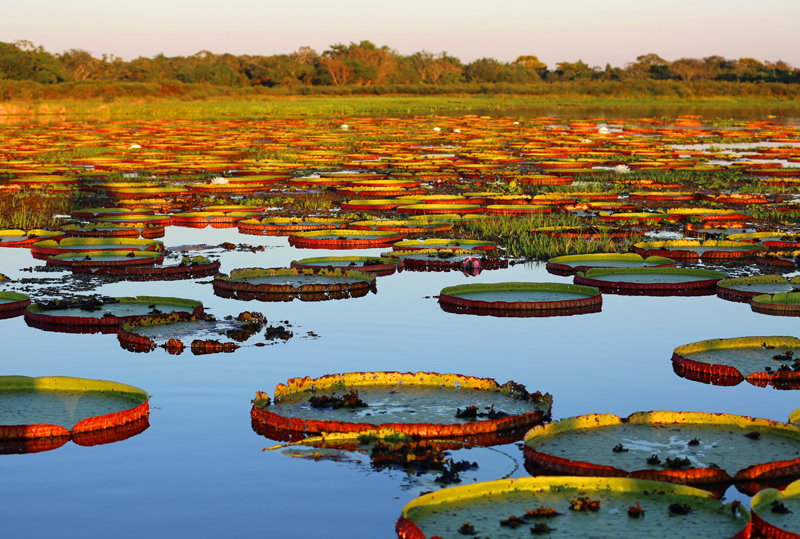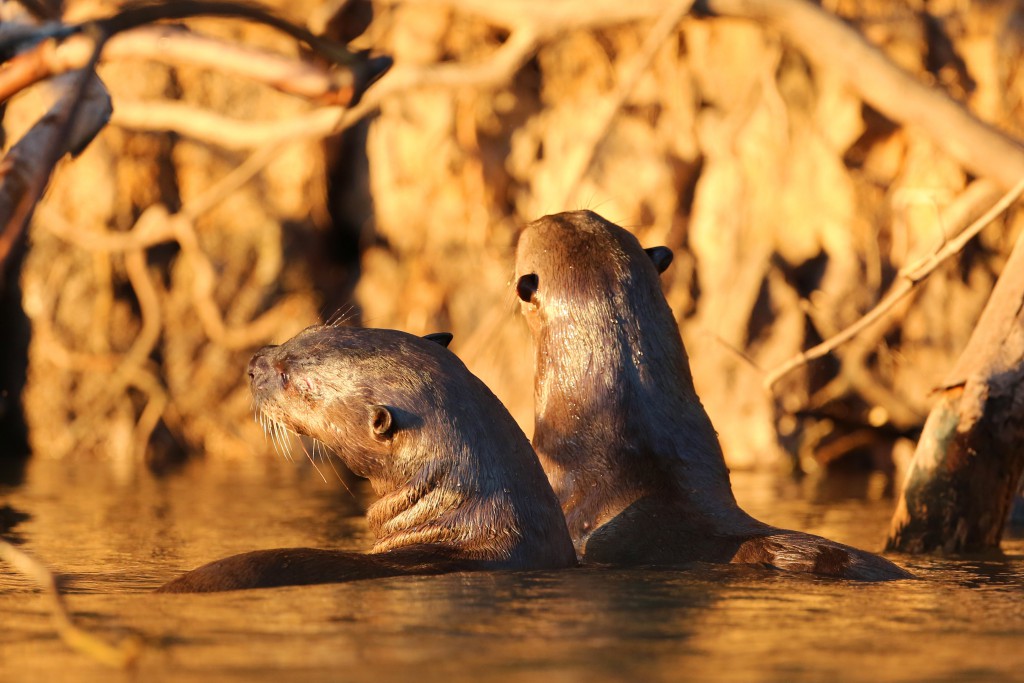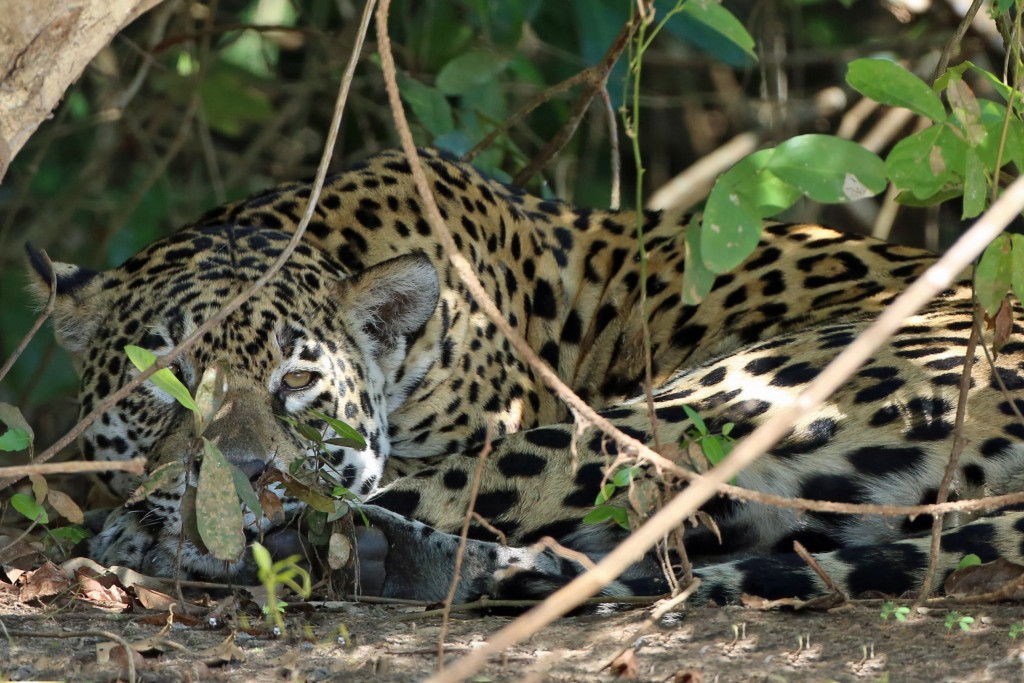Wildfoot’s Simon spent his summer in India as part of a wildlife adventure holiday, and recorded his journey for you to peruse on the Wildfoot blog. Below, Simon explores the village of Bera that is packed with wildlife and has been ‘frozen in time’.
Part 4
This morning, we head out on a safari at 5.30am to establish where the leopard family has moved to during the night. We initially drive to a new area hoping to see a large leopard male, and we are hooked. We can’t wait to see more leopard action, perhaps in a different part of the National Park.
While we are here in the village of Bera, we are staying at a unique heritage home-stay style accommodation called Bera Castle. The Castle offers a distinct style of stay that is most unusual, with authentic surroundings in both the rooms and communal areas.
The dining room walls of the Castle carry fascinating antique images of the owner’s family history and that of the rulers with whom they were closely connected. Bera Castle was built in the late 1800s and is still owned by two brothers of the same family, one of which is Mr. Baljeet Singh, a champion of wildlife conservation and wildlife and birding enthusiast.
While the guest house is not everyone’s cup of tea, it gives us a true opportunity to experience life within a typical Rajasthan country village, which appears to have been frozen in time. In-between the leopard safaris, one early in the morning and one late afternoon, a friendly guide from the guest house takes us on several walks in and around the village, which allows us to get closer to the locals and experience what it would be like to live here.

A different accommodation option is the Bera Safari Lodge, which is equally comfortable, but more intimate. This lodge is in the countryside and consists of three independent cottages – leopards and wild dogs are often seen from the cottages themselves! It is a great alternative, especially for keen birders as well as those looking for leopards.
The village is rarely visited by outsiders because most visitors to Bera are in search of the rich but sometimes elusive wildlife, like the leopards, hyenas, birds and wolves, which are enough to encourage anybody to visit as part of a wildlife holiday in India.
The outskirts of the village welcome another kind of tourist during the nighttime. Leopards regularly make the most of the local cattle and even village dogs on an evening. Those who lose cattle this way are nominally compensated by the government for their loss, but it doesn’t make the event any easier. Monkeys, peacocks and other easy-picking wildlife are also at risk from the leopards, which makes spotting the beast during daylight hours all the more thrilling.
During my time in Bera, I see that the villagers seem to co-exist with the wildlife. However, as ever-curious wildlife enthusiasts continue to find out about the rich offerings in Bera, and indeed take advantage of the Indian wildlife adventure opportunities offered through Wildfoot, I hope that it will assist in the creation of a new National Park.
The protection of this unique area is essential and as we hear plans for a new hotel building project on the outskirts of the village, I hope that the local and national conservation crusaders don’t leave it too much longer.
Those visiting Bera cannot miss the village life experience which, right now, is authentic and a ‘must see’ part of India for any adventurous spirit or wildlife enthusiast.
In his next blog post, Simon continues his journey through Bera and enjoys a birding walk through the village. If you are interested in finding out more about how you can retrace the steps of Simon’s adventure, simply get in touch with Wildfoot’s travel experts today.




